
Each year, millions of people worldwide suffer due to foodborne illnesses, experiencing anything between mild gastrointestinal discomfort to severe, life-threatening conditions. Whether through bacterial infections or toxic chemical exposures, the dangers of improperly prepared food are numerous and varied. Let’s have a look at 15 eatables that can transform nourishment into a potential hazard if not cooked well.
Egg Safety

Salmonella contamination poses a significant hazard with undercooked eggs, leading to foodborne illnesses characterized by nausea, abdominal pain, and fever. Infected individuals with weakened immune systems may find this infection more challenging. Storing eggs in the refrigerator and avoiding using raw eggs in dishes like homemade mayonnaise can help reduce the risk.
Shellfish Concerns
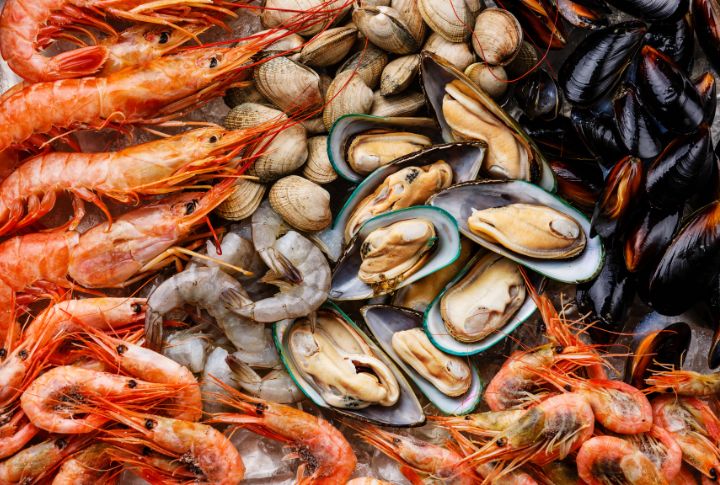
The proper handling and storage of shellfish are essential to avoid health risks. Store shellfish at the correct temperature and inspect for freshness—shells should be closed or closed when tapped. Always purchase shellfish from reputable sources to minimize the risk of contamination.
Poultry Risks
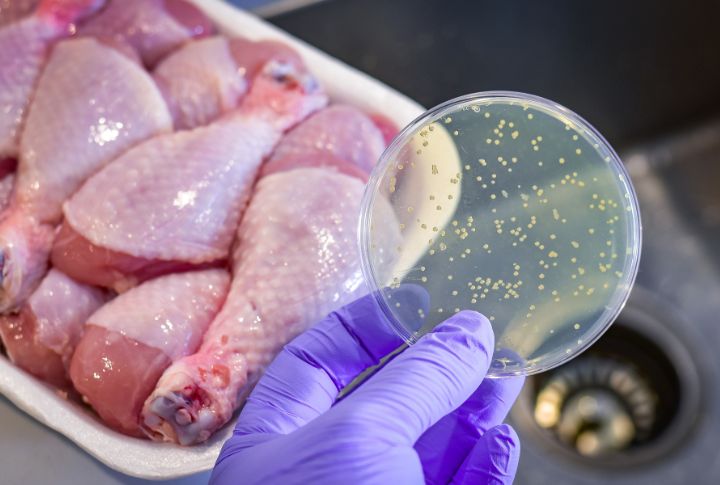
Campylobacter, one of the leading causes of food-related sickness, is often found in chicken. This bacterium can result in severe abdominal problems, manifesting as diarrhea, fever, and abdominal cramps. Consuming undercooked poultry increases the risk of food poisoning. That is why using separate cutting boards for uncooked and cooked foods is essential.
Potato Dangers
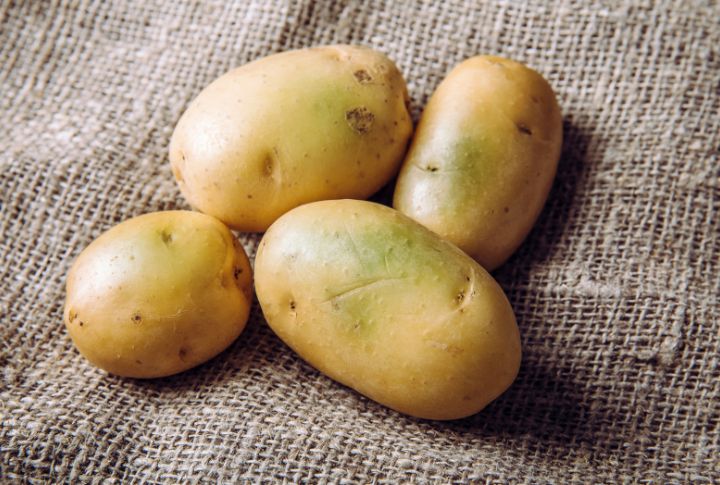
Identifying signs of spoilage in potatoes, such as green spots or sprouting, is essential for safe consumption. Proper storage techniques can prevent solanine formation. Eating fresh, adequately stored potatoes ensures they are secure and nutritious.
Ground Beef Hazards

E. coli, a bacterium causing severe illness, can be present in ground beef. Indicators include severe stomach cramps, bloody diarrhea, and vomiting. In some cases, E. coli infection can lead to hemolytic uremic syndrome (HUS), a severe condition affecting the kidneys.
Fish Toxins

Improper handling and cooking of fish can lead to the presence of toxins and parasites. Parasites such as Anisakis cause abdominal issues, while scombroid poisoning from improperly stored fish leads to manifestations like flushing, headaches, and abdominal pain.
Pork Parasites

Trichinella spiralis, a parasitic worm causing trichinosis, can be found in pork. Signs include muscle pain, fever, and swelling around the eyes. Severe cases can lead to complications like myocarditis and encephalitis.
Bean Toxins

When prepared correctly, beans are a powerhouse of nutrition. Soaking and cooking beans not only eliminate toxins but also boost their digestibility and nutrient availability. Incorporating beans into your meals offers a wealth of health benefits, making proper preparation a must.
Cassava Caution

Cyanogenic glycosides, found in cassava, can release cyanide if not adequately prepared, leading to symptoms like headache, dizziness, and, in severe cases, respiratory failure. Cassava should be peeled, soaked, and cooked thoroughly in order to reduce its cyanide content. Boiling or fermenting cassava also helps.
Raw Milk Dangers
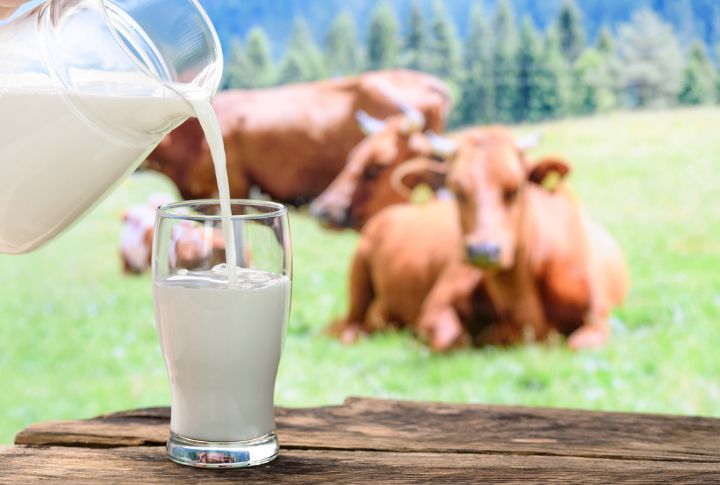
Dangerous pathogens such as E. coli and Listeria can be harbored in raw milk, which pasteurization typically eliminates. These microbes can trigger severe food-induced illnesses, particularly in young children, the elderly, and individuals with compromised immune systems.
Mushroom Risks
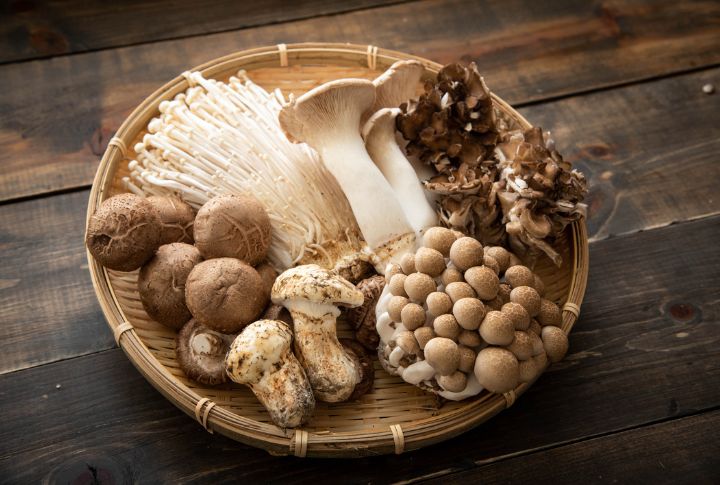
Wild mushrooms can be toxic if not correctly identified and prepared. Some varieties contain toxins that can induce intense stomach distress, hallucinations, or even fatal reactions. Symptoms of mushroom poisoning include nausea, vomiting, abdominal pain, and, in critical cases, liver failure. Only consume mushrooms from reliable sources or those identified by experts.
Leafy Greens Risks
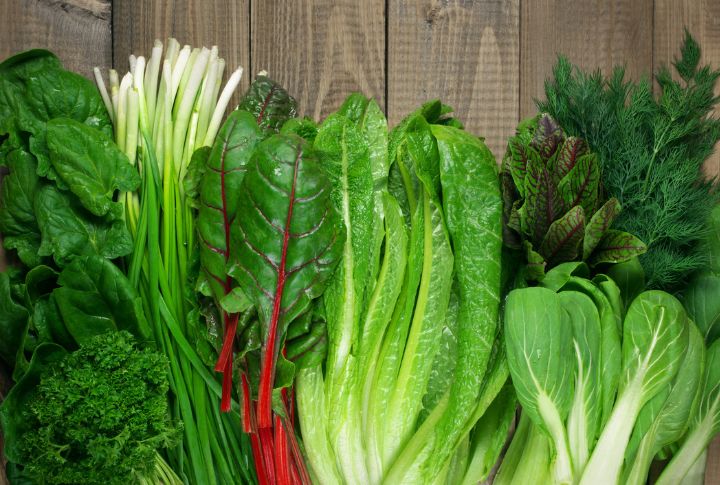
The best methods for cleaning and preparing leafy greens can significantly reduce health risks. To maintain freshness and minimize contamination, soak greens in vinegar solutions, use a salad spinner to dry them thoroughly, and store them appropriately.
Sprout Safety

Due to the warm, moist conditions necessary for sprouting, raw sprouts, like alfalfa and bean sprouts, are prone to contamination with harmful pathogens. These microorganisms can lead to food-related infections. Properly cooking sprouts can lower the likelihood of disease, and individuals with compromised immune defenses should refrain from consuming raw sprouts entirely.
Berry Contamination

Norovirus and Hepatitis A, harmful pathogens found in berries like strawberries and raspberries, can contaminate these fruits through contact with contaminated water or soil. These pathogens can lead to abdominal issues. Avoid purchasing damaged or moldy berries and store them properly to maintain freshness and safety.
Fugu (Pufferfish) Warning

Fugu is a delicacy in Japan, and it is known for its potential dangers if not prepared correctly. The history and tradition of eating fugu are deeply rooted in Japanese culture. Only licensed chefs trained rigorously, can prepare fugu safely by removing toxic parts. This culinary practice is regulated to protect consumers, balancing risk and tradition.

Comments
Loading…